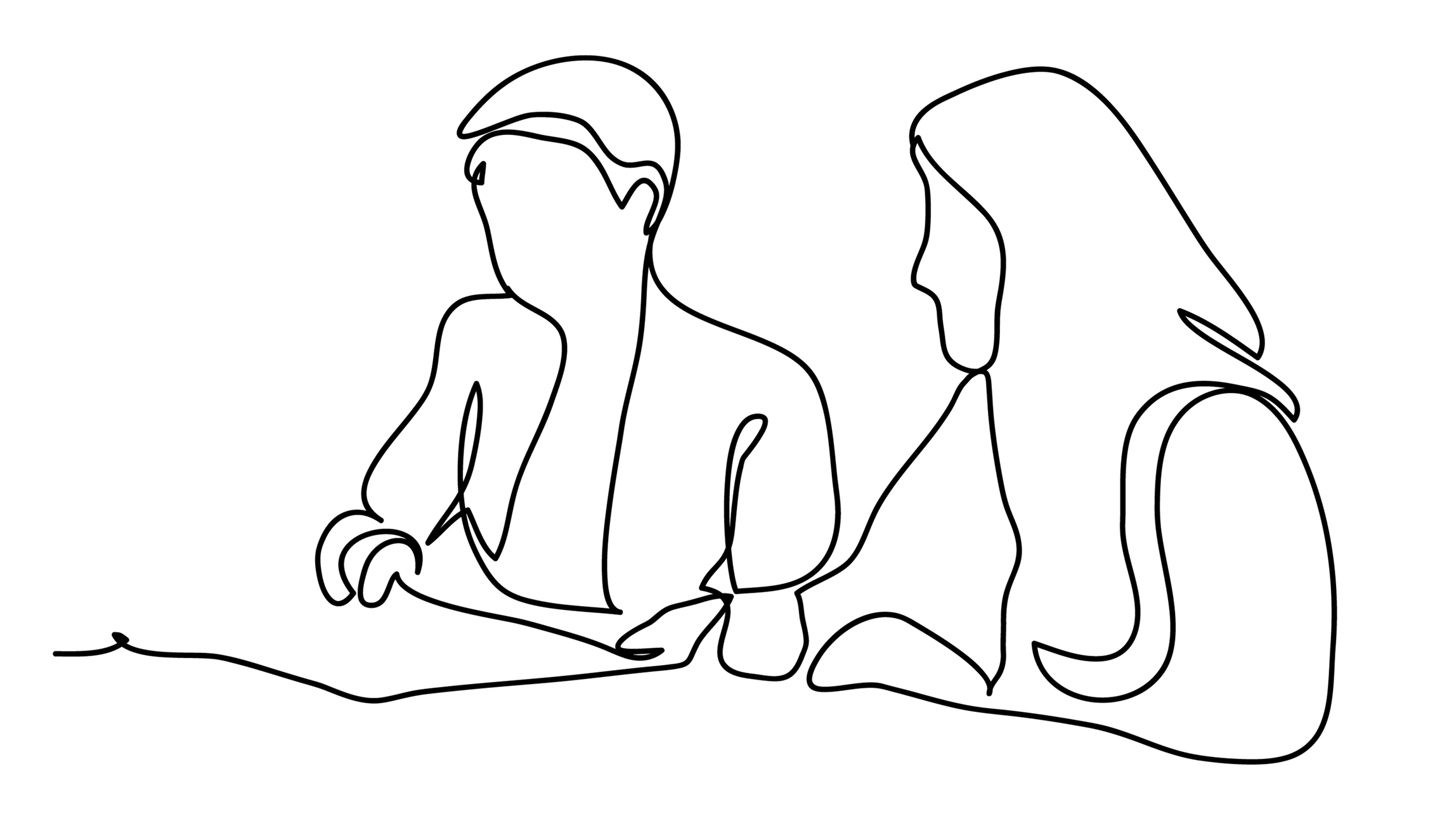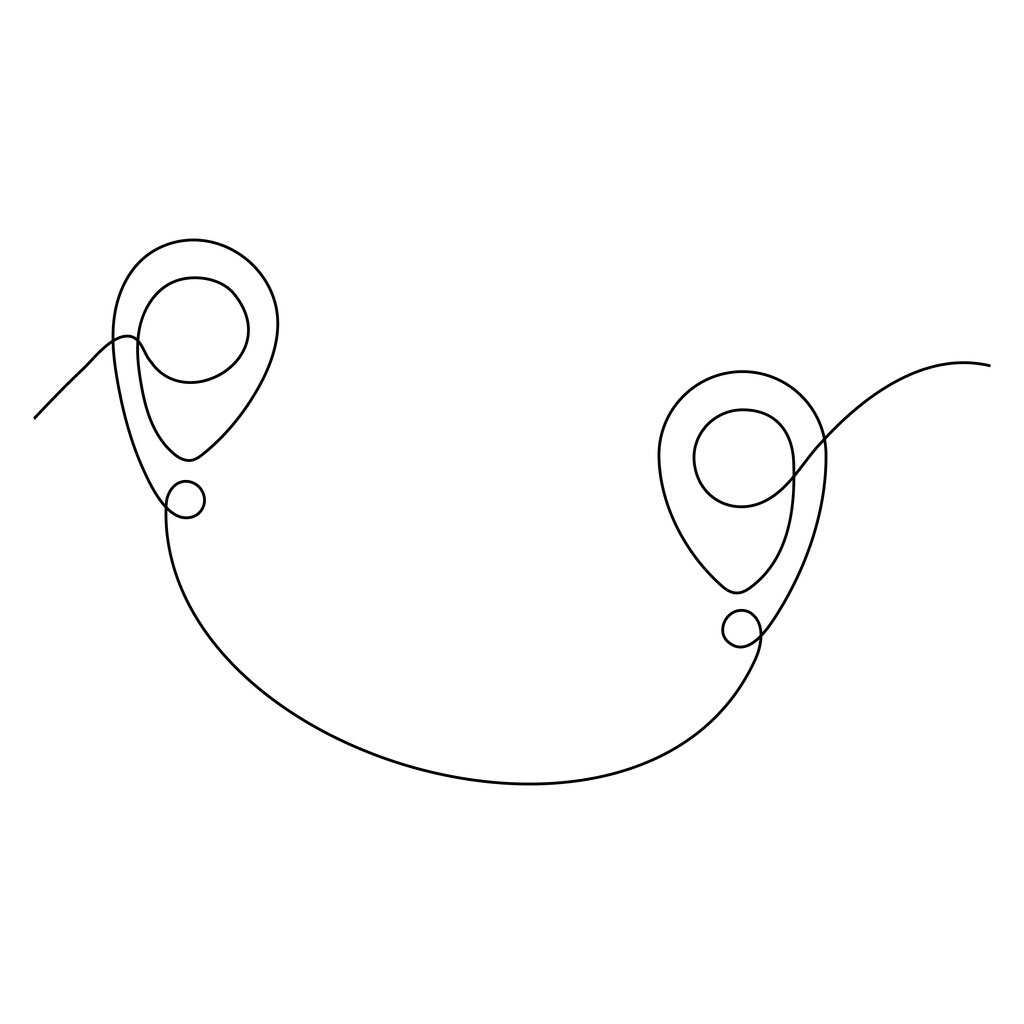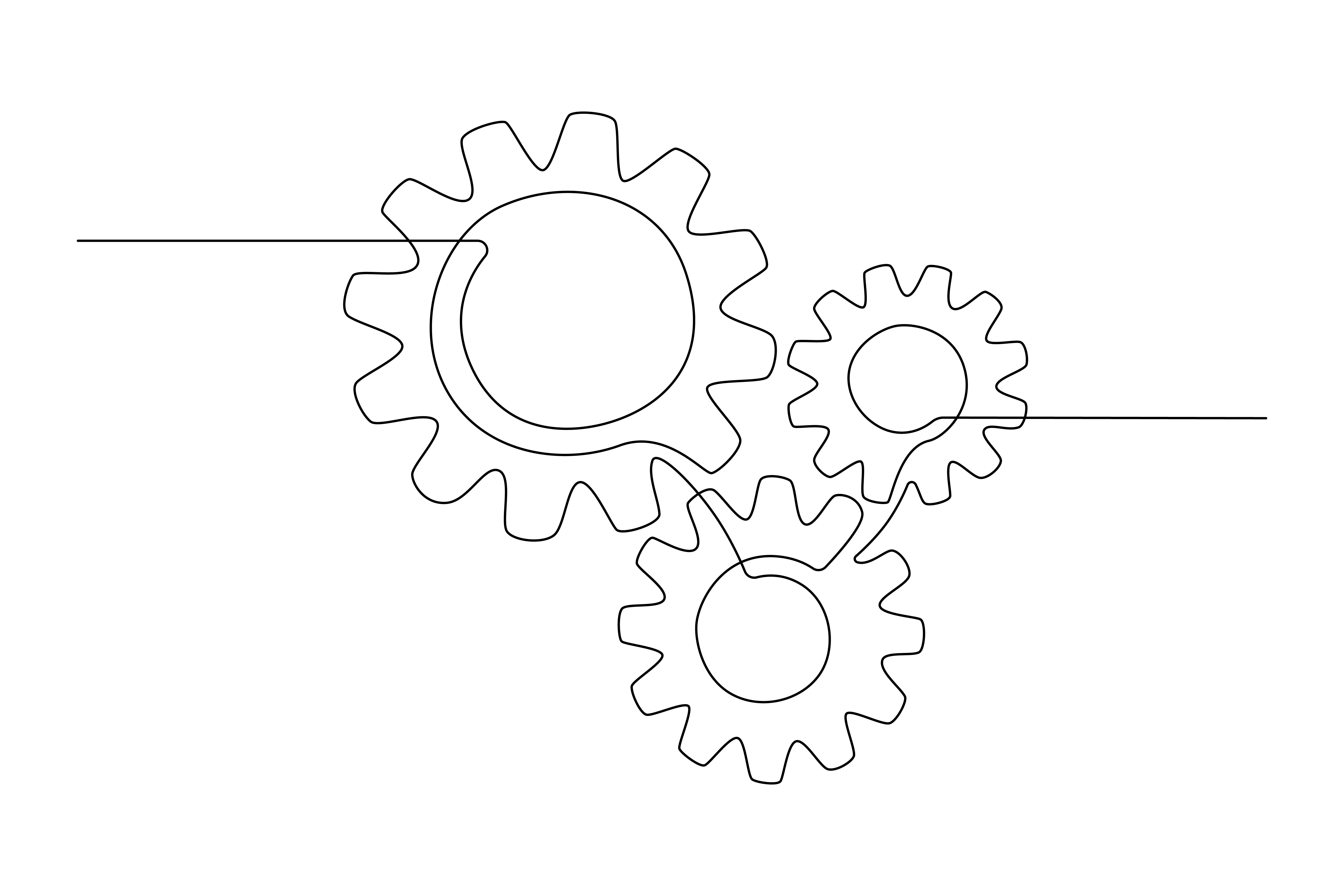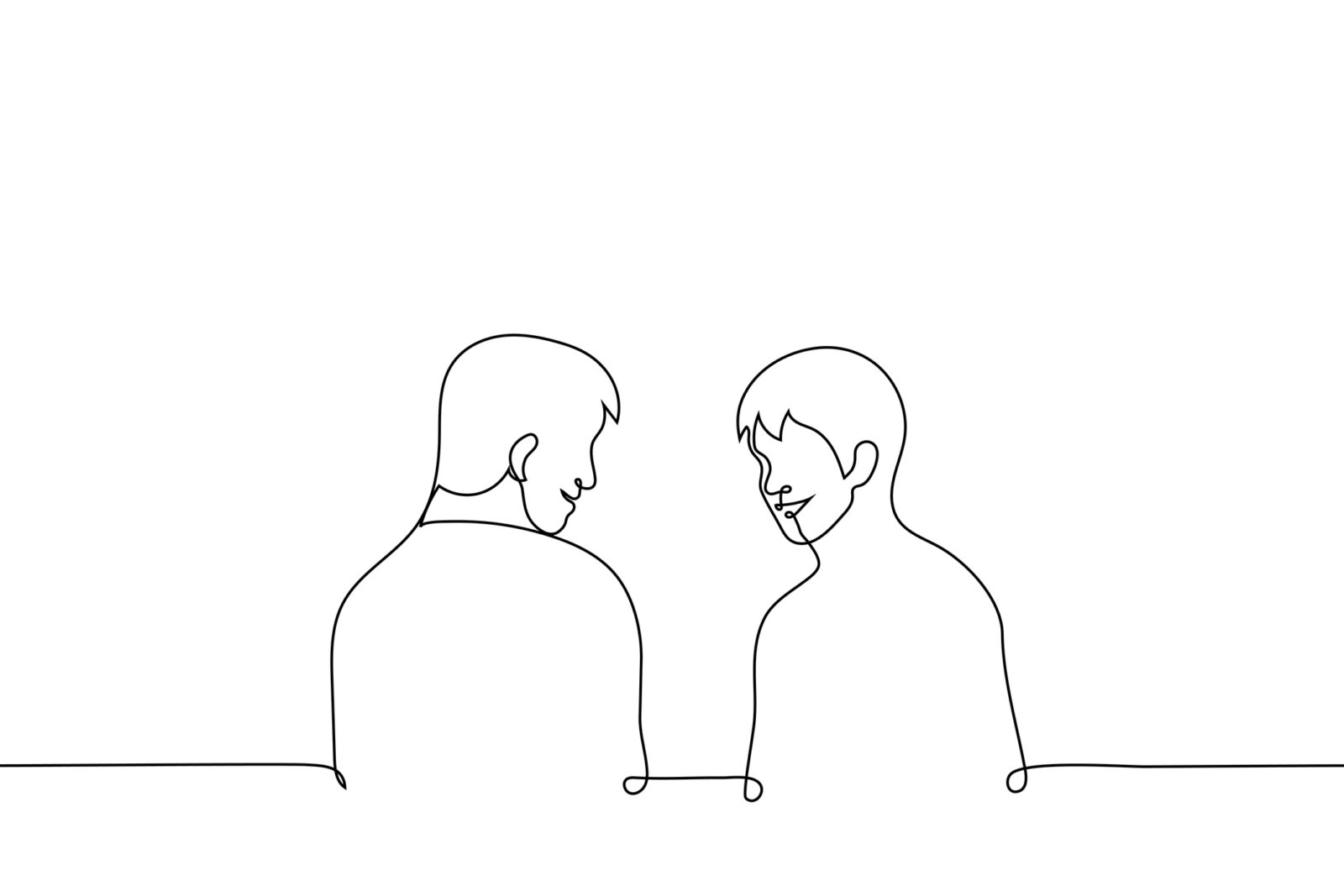… (inspired by Kristian Kemtrup’s recent blog post)
In the ever-evolving field of mental health and therapy, clarity and precision are desperately needed. But they are hard to find. A few days ago, I came upon a blog post by psychotherapist Kristian Kemtrup that offers a compass to wade through this bewildering landscape. Kemtrup suggests that all different types of therapy can broadly fit into two umbrella categories:
“Developmental Therapies” and
“Techniques and Skills Based Therapies.”
Kemtrup doesn’t champion one approach over the other. We can take what he says as guiding principles, helpful for that initial conversation with a therapist when there’s a general request for support. There are countless different types of therapy (some of the most well known: cognitive-behavioural, psychoanalytic, humanistic, systemic); and then there are psychologists, psychotherapists, psychiatrists, counsellors (the list goes on) … But in most cases, when someone requests therapy, they might not know these differences or might not care: they just want advice or support for the issue they’re struggling with, and they need to trust their therapist. Kemstrup says:
‘it is far less important (though still reasonable to do) to tell [them] what theoretical orientation(s) you are working from than whether the therapy you do is what I call “Developmental” or “Techniques and Skills Based.”
What are the differences between the two approaches?
Developmental therapies:
These therapies are rooted in the therapist-patient relationship. Here’s how they work:
‘a real, authentic psychotherapy relationship develops that allows the patient to grow new capacities to think, feel, and act differently, which in turn means the patient begins to get well enough that they can manage their world and their feelings in a way that is better for them. Not with everything solved, but better. This sort of therapy is based on the empirically well-confirmed, common-sense idea that we grow our psychological capacities in relationships, and it is wrong to say it is outdated, unscientific, or only for the worried well’.
We can think of developmental therapy as embarking on a journey, short or longer term. (Length is not the crucial factor here). Growth and change are fostered through what patient and therapist create together, within the therapeutic relationship. In a Twitter thread two years ago on the same topic, Kemtrup explained how this works:
‘it will regularly be the case that the psychotherapist doesn’t “do” anything to the person, or give the person something to do on their own. Rather, as the patient in therapy learns to express themselves and to think and relate to the therapist, growth occurs which then ameliorates or even eliminates the [patient’s] psychological problems. In this more traditional form of psychotherapy, sometimes the therapist is only “doing” something to the patient in the way that soil, rain, and sunshine “do” something to a plant … the core idea is that a patient will develop capacities to deal with the world and grow a unique (impossible to predict at the outset of therapy) solution to their psych problems. The therapist can’t say ahead of the process what will be done.’
Certain types of therapy, Kemtrup says, are usually developmental, such as “psychodynamic, psychoanalytic, existential, and humanistic” approaches. On his Twitter thread, he underlines that the key is the flexible, open focus of the work, rather than the theoretical orientation. So a psychologist who uses CBT but works holistically and developmentally would be included here too. That is: it’s the therapeutic relationship that does the work, rather than the tools or strategies.
We can liken this to what psychoanalyst Winnicott described as the ‘holding environment’: the therapist offers a space where the patient can discover what they need, with no preset agenda.
Techniques and skills based therapies:
Here, the therapist targets a specific problem or set of symptoms, and then acts more like a teacher or coach. These approaches often use the term ‘tools’, bringing to mind a mechanistic approach. Kemtrup notes that [therapists] need to know these tools and techniques really well and be able to teach them, and the patient needs to be able and willing to follow them:
“the therapist needn’t be a talented investigator of inner psychic life, or capable of forming the deepest relationships, just a good coach or consultant”.
Skills-based support of course has its place (in all areas of life, not just therapy). Like all educational offers, these techniques vary in quality, but if they are well designed and target the right symptoms – and provided the patient is motivated – they can work well. The problem though is that often these therapeutic trainings are described as ‘psychotherapy’, creating confusion. Their limitations in sustaining good results over time, or dealing with complex difficulties, are swept under the carpet, as psychoanalyst Jonathan Shedler has argued for a long time.
In addition, skills-based therapies have had a problematic effect on general perceptions of what therapy is. Kemtrup says:
‘the waxing popularity of skills-based therapies has come at the expense of developmental therapy, which is waning … many people … feel as if they have tried therapy, and it has failed to help them change the way they want and need numerous times, but they were unaware that, really, they had never tried developmental psychotherapy at all, which offered them hope when they finally found it that anyone can develop and grow with the right adaptive partner’.
One way forward could be for us to use different terms for the two approaches. What if we kept the term ‘psychotherapy’ for developmental therapies, and “therapeutic training” for technique and skills based offers? This would go some way to distinguishing the two approaches: they would not be seen as better or worse, but just completely different offers. I’m not optimistic though for something like this being accepted any time soon, as there is currently no protection for the term ‘therapy’ in the UK. There have repeatedly been calls for minimum training standards and a professional body overseeing them, but so far this has been resisted, and at the moment anyone can call themselves ‘therapist’.
Two final thoughts to add to Kemtrup’s helpful distinction
First: those who are ‘developmental therapists’ can and do often bring tools or strategies into their work: if they fit clinically, if the time is right, if the tool fits the particular patient in this moment in therapy.
Using ‘tools’ within a therapeutic relationship is hardly new. Hungarian psychoanalyst Sandor Ferenczi, an early discipline of Freud, advocated an active, responsive therapeutic approach in the turn of the previous century. In some cases, he used what we now call ‘behavioural activation’ techniques, so, when needed, he guided his patients in taking practical steps to address, for example, their phobias. All this within a wider psychoanalytic therapy. Ferenczi coined the term ‘elasticity of psychoanalytic technique’, as relevant today as it was then. It refers to our willingness to adapt how we work depending on the person in front of us and what they need / want, and what our experience, training and common sense us guide us to do.
Second thought. Developmental psychotherapy can be either brief or longer term. Again, that’ll depend on what’s needed. It’s not the number of sessions or the occasional use of ‘tools’ that makes the difference: it’s whether the therapeutic relationship is the vehicle for change, or the taught skills.
